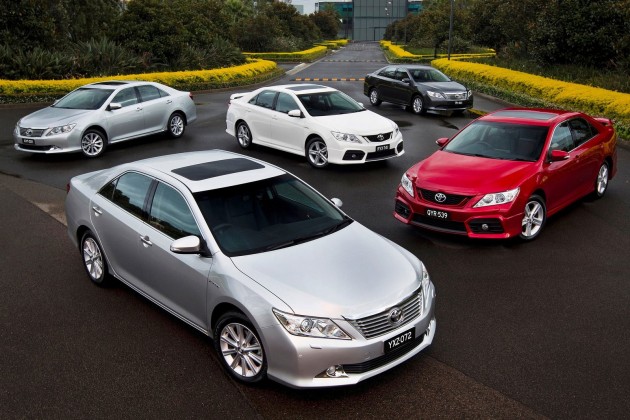Toyota Australia has just announced that it will stop all its local manufacturing operations by the end of 2017, and become a sales and distribution company. Its production plant in Altona, Victoria currently makes the Camry, Camry Hybrid and Aurion models, as well as a line of four-cylinder engines – all of which, will cease by end-2017.
Why? Plenty of reasons were given, among which are the unfavourable Australian dollar that makes exports unviable, high costs of manufacturing, low economies of scale and increased competitiveness within the region due to current and future Free Trade Agreements.
“The reality is that there are too many factors beyond our control that make it unviable to build cars in Australia. Our manufacturing operations have continued to be loss making despite our best efforts,” said Toyota Australia president and CEO, Max Yasuda, alongside Toyota Motor Corporation president and CEO, Akio Toyoda.
Approximately 2,500 employees directly involved with manufacturing will be impacted when the plant stops building cars in 2017. This announcement by Toyota Australia comes within a year of Ford Australia making public its intention to shut down its own local manufacturing plants by October 2016.
Looking to sell your car? Sell it with Carro.





























AI-generated Summary ✨
The comments reflect a consensus that Australia's automotive industry is ending due to high costs, labor laws, and economic factors, with major manufacturers like Holden, Ford, and Toyota closing plants by 2017. Many commenters believe this is driven by economic non-competitiveness and political issues. They discuss how manufacturing is shifting to countries like Thailand and Indonesia, with assembly plants increasingly importing parts from Japan, China, and regional factories, rather than full local production. There is also speculation on Malaysia's position, noting that local brands like Proton rely on government support while international brands may relocate if economic conditions worsen. Overall, the comments express concern over declining manufacturing jobs in Australia, the move towards assembly in lower-cost countries, and the broader economic implications for local car industries.